AS YOU WERE . . .
WAR YEARS ECLECTICA :: MARCH 2021
2021.03 Edition
CANADA IN WORLD WAR I
|
|
|
|
|
|


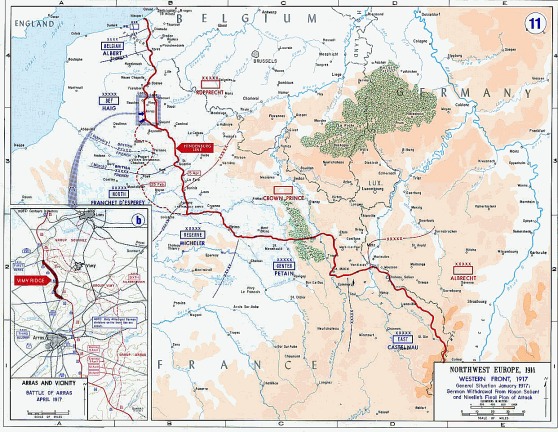
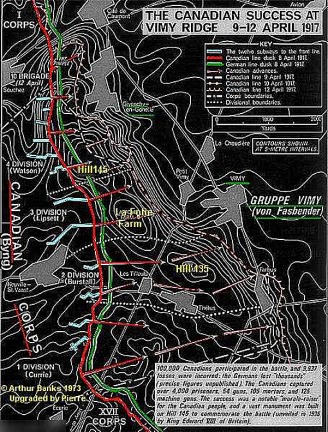
The First World War
The First World War was the largest conflict the world had ever seen up until that time. It came about due to the political tensions and complex military alliances of the era. The assassination of Archduke Franz Ferdinand in the summer of 1914 resulted in an international crisis and by August, the fighting had begun. This bloody four-year war would see Britain (and her Empire), France, Russia and the United States lining up against Germany, Austria-Hungary and the Ottoman Empire.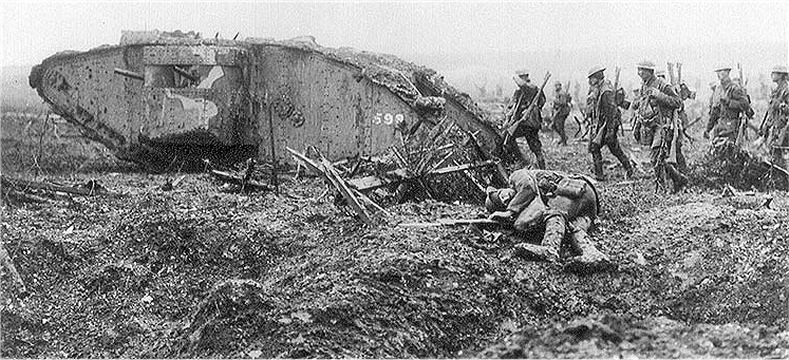
2nd Canadian Division soldiers advance behind a tank
Making a plan of attack
By the spring of 1917, Europe had been at war for more than two-and-a-half years, with neither side being able to make a significant breakthrough. As part of an Allied offensive, a major attack was planned for April in the area of Arras, France. In this attack, the Canadians would be tasked with capturing Vimy Ridge.No Allied operation on the Western Front was more thoroughly planned than this deliberate frontal attack on what seemed to be virtually invincible positions. Vimy Ridge was so well fortified that all previous attempts to capture it had failed. However, Canadian commanders had learned bitter lessons from the cost of past frontal assaults made by vulnerable infantry. This time their preparations were elaborate. As the Canadian Commander of the 1st Division, Major-General Arthur Currie, said, "Take time to train them." This is exactly what the Canadian Corps did, down to the smallest unit and the individual soldier. In the late autumn of 1916, the Canadians moved north, capping their ordeal on the Somme, to relieve British troops opposite the western slopes of Vimy Ridge. They spent the coldest winter of the war strengthening defences, carrying out increasingly frequent raids on enemy trenches and gathering intelligence, in preparation for the spring offensive. Continual raiding from mid-March on cost the Canadians 1,400 casualties. However, the knowledge gained would later help the Canadians take their Vimy objectives with lighter losses.
Vimy practice trenches
A full-scale replica of the battle area was laid out with reams of coloured tape and flags behind the Canadian lines. Here Canadian units carried out repeated exercises, rehearsing exactly what they would do throughout the day of the attack. Maps were given out to guide the smallest units. The troops were fully informed about their objectives and their routes.Military mining had long been a feature of war on Vimy Ridge. German, French and British engineers had dug many long tunnels under No Man's Land. They filled them with explosive charges, which blew up enemy trenches, leaving huge craters as new features of the landscape. Working at night, tunnelling companies used the existing tunnels to build a new underground network for the Vimy assault.
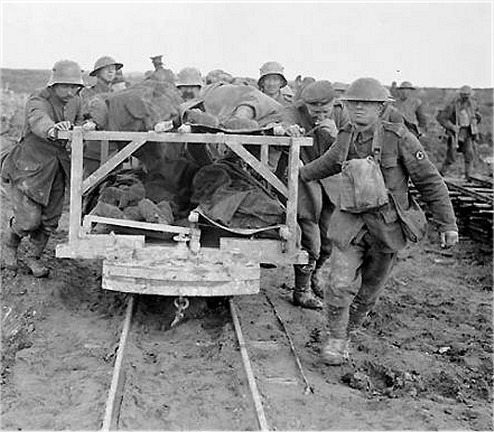
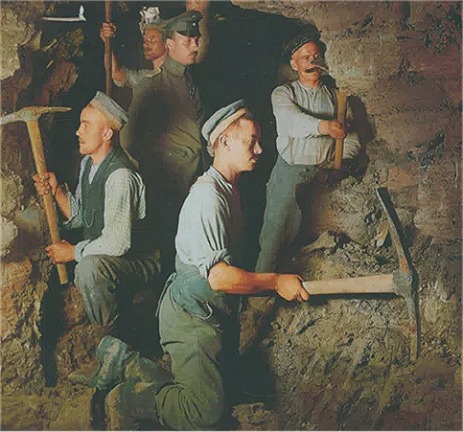
As well, they dug 12 deep subways, totalling more than five kilometres in length, through which assault troops could move to their jumping-off points. The subways protected them from shelling and permitted the wounded to be brought back from the battlefield. Some subways were quite short, while one, the Goodman Subway, opposite La Folie Farm, was 1.2 kilometres long. All had piped water and most were lit by electricity provided by generators. They also housed telephone lines.
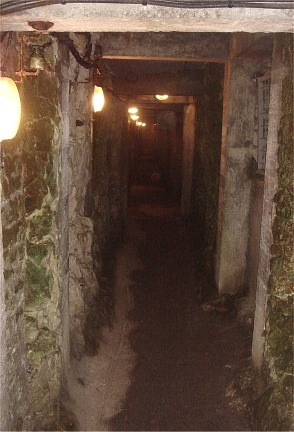
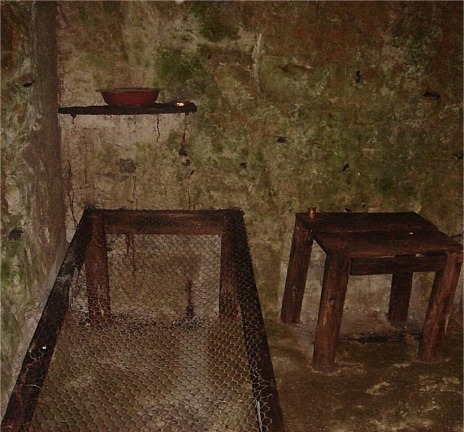
Into the walls of the subways were cut chambers for brigade and battalion headquarters, ammunition stores, communications centres and dressing stations. The largest of several deep caverns, the Zivy Cave could hold a whole battalion.Smaller tunnels leading off the subways to the front line—saps they were called (the title, sapper, meaning military engineer or engineer private, derives from this term)—were sealed until Zero Hour and then blown out. At that point, the Canadians would push out to attack, right onto the battlefield.
The maze of tunnels and caverns was one of the most remarkable engineering feats of the war. The extensive underground network would reduce casualties amongst the advancing infantry and returning wounded, and enable supplies to be brought up under less hazardous conditions.
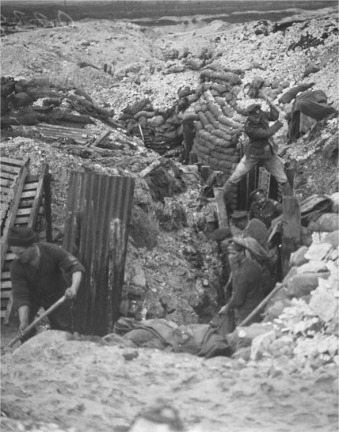
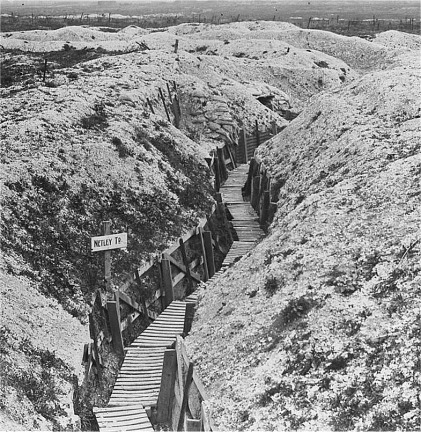
In addition to constructing this network, Canadian and British engineers repaired 40 kilometres of road in the Corps' forward area and added 4.8 kilometres of new plank road. They also reconditioned 32 kilometres of tramways, over which light trains, hauled by gasoline engines or mules, carried stores and ammunition.The infantry assault was preceded by a massive artillery barrage, which began on March 20. This involved 245 heavy guns and howitzers, and more than 600 pieces of field artillery. Supporting British artillery added 132 more heavy guns and 102 field pieces. All this firepower amounted to one heavy gun for every 20 metres of frontage and one field gun for every 10 metres.
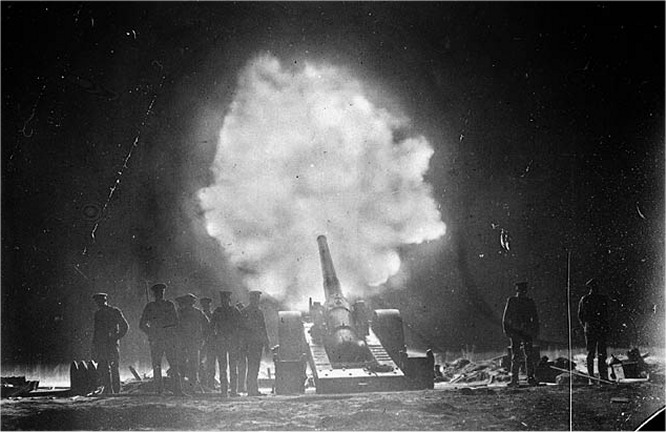
6-inch (150 mm) gun of the Royal Garrison Artillery behind Canadian lines, firing over Vimy Ridge at nightOn April 2, the bombardment was stepped up. By the time the infantry set out, a million artillery shells had battered the Germans. One Canadian commented that shells poured over his head onto enemy positions "like water from a hose." More than 80 per cent of the German guns had been identified by aerial reconnaissance and by other spotting methods which Canadians had perfected. Few survived intact. The Germans called the period "the week of suffering." Trenches were shattered and a new artillery shell-fuse demolished many barbed-wire entanglements, thereby easing the Canadians' dangerous path to combat.
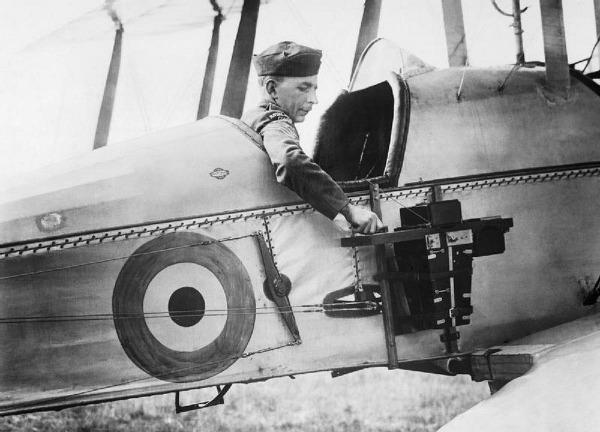
Observer of the Royal Flying Corps in a photographic reconnaissance aircraft, showing the cameraThe impact of the air war was significant at Vimy. While aerial reconnaissance yielded valuable intelligence about enemy positions and artillery sites, fighter aircraft prevented the enemy from gaining a clear idea of Allied intentions. German observation aircraft and balloons were attacked and shot down. This work was important and dangerous—balloons were defended by fighters and anti-aircraft guns. The soon-to-be-famous Canadian fighter pilot, Billy Bishop, won the Military Cross on April 7 for shooting down a balloon near Vimy. He had begun his remarkable career in March.
~ Reference: www.veterans.gc.ca
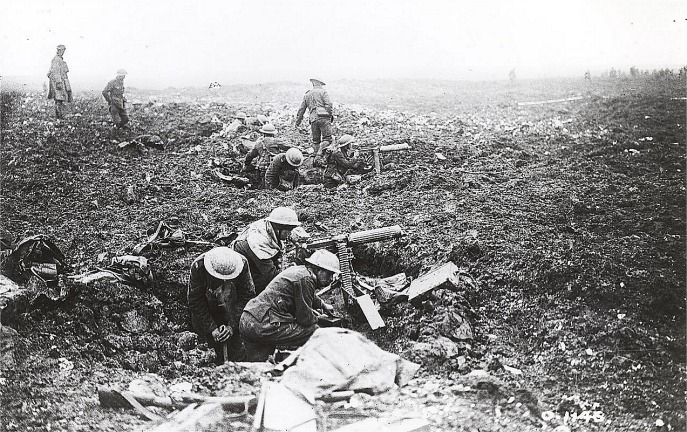
Machine gunners operating from craters on the plateau above the
ridge
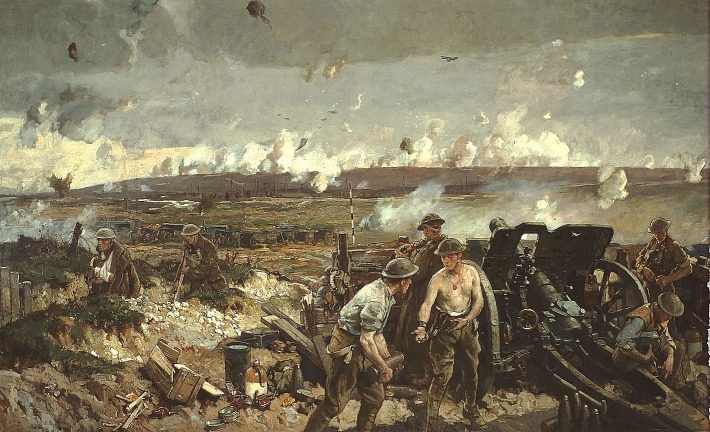
The Battle of Vimy Ridge by Richard Jack
![]()

![]()
From the XII Manitoba Dragoons
and 26th Field Regiment Museum
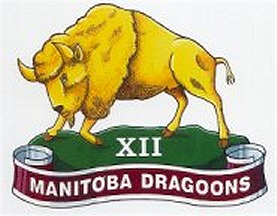
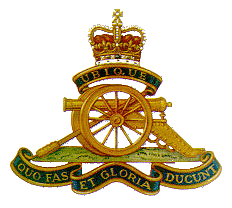
www.12mbdragoons.com

![]()
REFERENCES
www.12mbdragoons.com
https://en.wikipedia.org/wiki/Battle_of_Vimy_Ridge
www.veterans.gc.ca
![]()
From the XII Manitoba Dragoons Museum
www.12mbdragoons.com
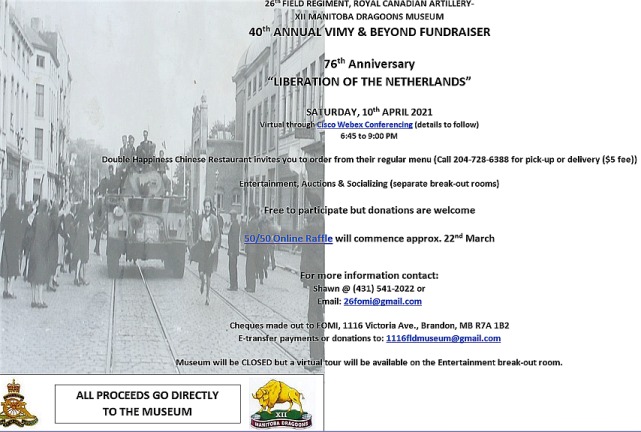
Click for full size
CONTACT LINKS:
Cisco Webex
Conferencing
https://signin.webex.com/join
50/50
Online Raffle
https://www.fundingchange.ca/FOMI
Email Contact: 26fomi@gmail.com
E-transfer payments or donations to:
1116fldmuseum@gmail.com
![]()
CANADA IN WWI :: THE BATTLE OF VIMY RIDGE
A MAJOR CANADIAN VICTORY

|
|
|
|
|
|
![]()
|
As You Were . . . Tribute Webzines |
Hillman WWII Tributes www.hillmanweb.com/war |
www.hillmanweb.com/rcaf RCN HMCS PRINCE ROBERT www.hillmanweb.com/rcn |
Ex-Air Gunners Association Magazines |
![]()
![]()
![]()
Photos and Web Design by Bill Hillman
Editor
and Webmaster: William G. Hillman
hillmans@westman.wave.ca
![]()
![]()
![]()
![]()
Copyright 2021
L